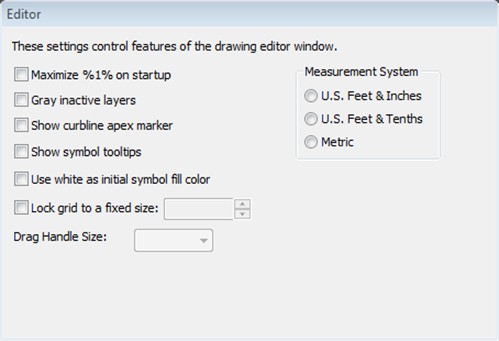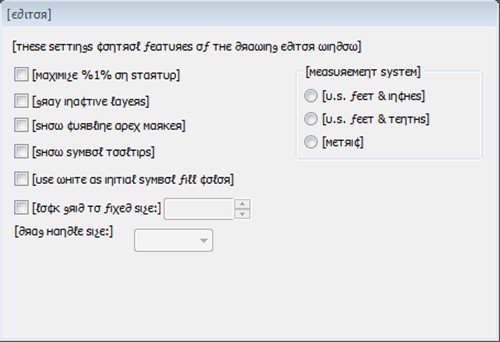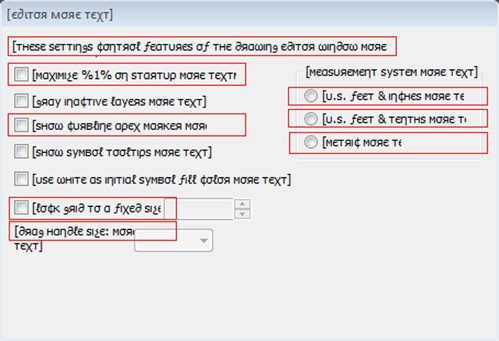What is Pseudo-Localization?
If you have ever been involved with a software or website translation project, pseudo-localization is a process you will be very familiar with. For those unfamiliar with the term, pseudo-localization is a form of QA testing to determine if your files are ready for translation. Quite simply, it’s a trial run for the actual translation.
Test, Fix, Translate
The correct way to begin any localization project is to first invest time preparing your files. This is where pseudo-localization happens. The additional time you spend on these series of tests will save you a lot of time and money over the course of your localization project.
Pseudo-localization is the process of running tests in your website or software application to determinate if specific language characters are displayed properly. In addition to the main purpose, you can check text expansion and contraction in your pages or dialog windows.
This is a technical topic, so the best way to explain this is by showing an example. I revised files from a recently completed project in order to have a real example of pseudo-localization.
The English dialog window below shows that the length of some text placeholders is limited, this will cause some problems with large strings of text.

Image 1: original dialog is visible, but there is not enough space for some text placeholders.
First Test: Pseudo-localization
In the image below, I pseudo-localized the original content, replacing the original text with foreign characters. This application displays these characters without any problems, so I am one step closer to confirming that there will not be any problems with language characters at the end of the translation.

Image 2: pseudo-localized dialog, seems that everything is okay.
Second Test: Text Expansion
Several languages expand during the translation process. This means that if your original text length is 15 characters in the source language, in a target language the length may be 25 characters.
Here are some common language metrics:
- French, Spanish, Portuguese, Italian, Arabic, Hebrew and Polish text can expand between 15% and 30%.
- German and Dutch text can expand 35% or more.
- Chinese, Japanese or Korean text can contract 30% to 55%, but some of these languages don’t use spaces and that can also cause text expansion.
I added brackets to the original text in the image. This will help to determinate if the string is truncated (cut short) or not.
Let’s try to add some text expansion to the previous pseudo-localized dialog window:

Image 3: truncated strings across the dialog window using minimum text expansion.
As you can see, the dialog window was not properly prepared to support text expansion, causing truncated strings and a final dialog resizing task.
These types of issues are very common in software and website translation projects, so a preliminary revision will save a lot of time and money.
Conclusion
If you are planning to translate your software or website, a pseudo-localization test is a MUST and the translation company needs to recommend this step prior to starting the project.
Globalization Partners International (GPI) offers pseudo-localization tests for free as part of the discovery phase for all website and software localization related projects. GPI can also help your company on dialog resizing and QA if you translated your software internally.
Translation and Localization Resources
You may gain further insights into global e-business, global SEO and website translation and country-specific cultural facts and related topics by reviewing some previous blogs written by GPI:
